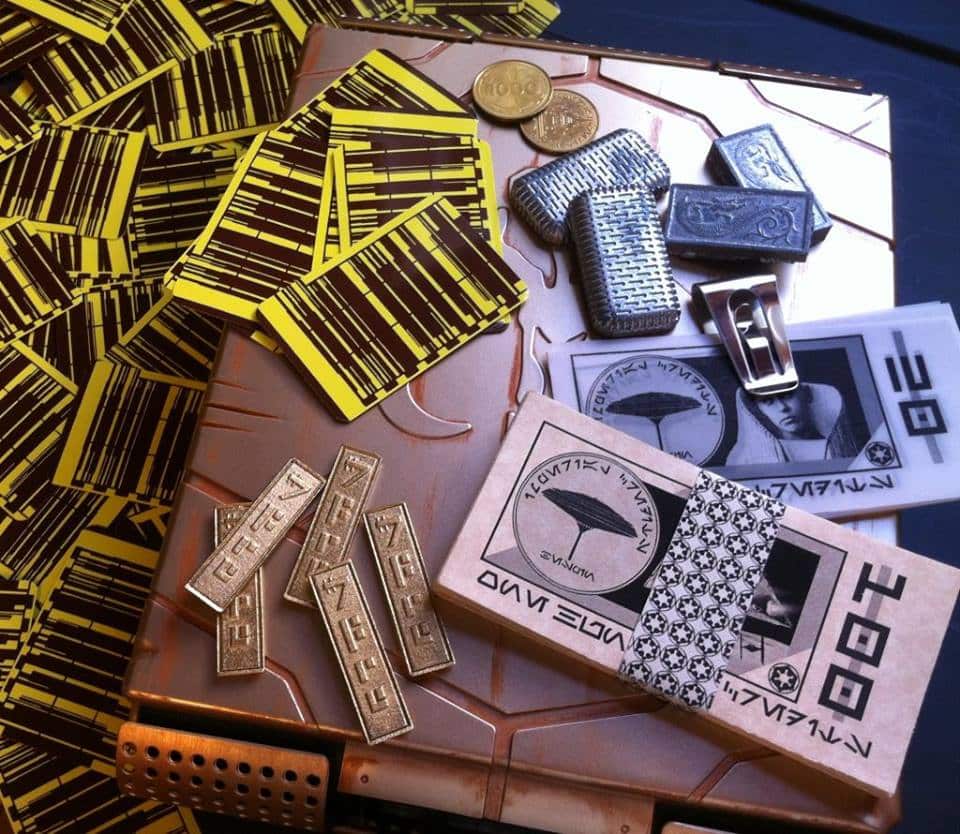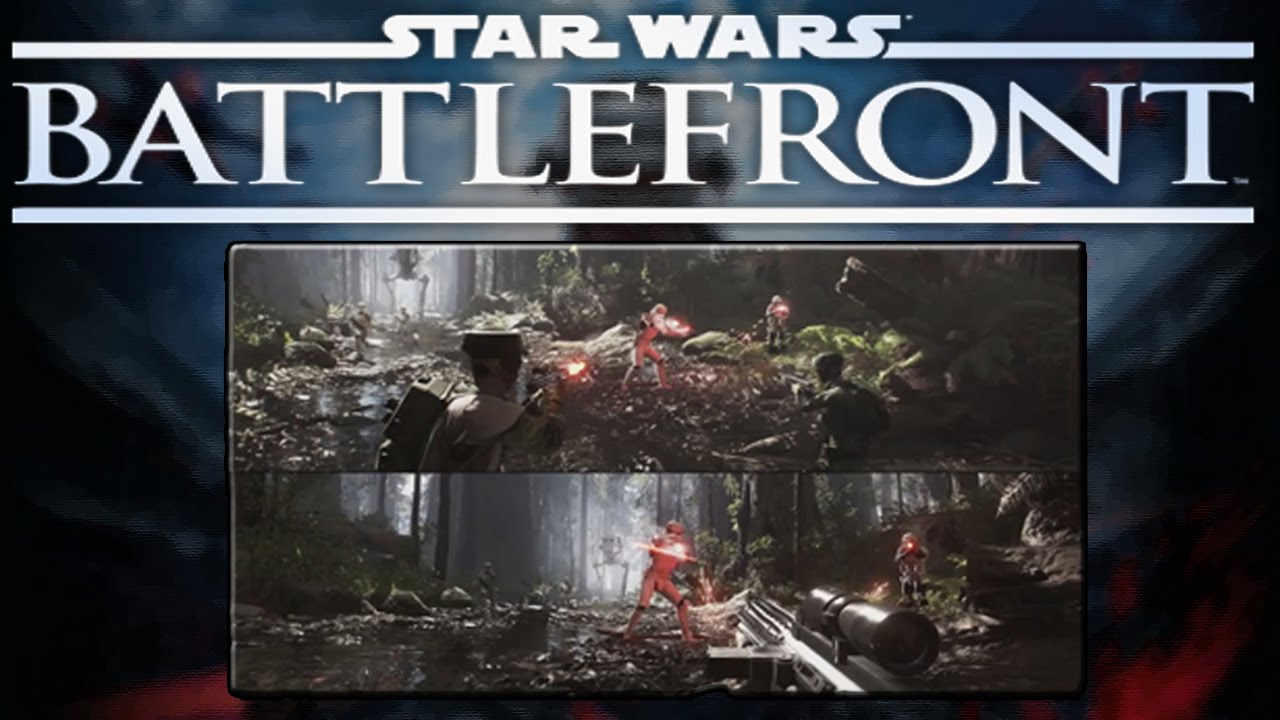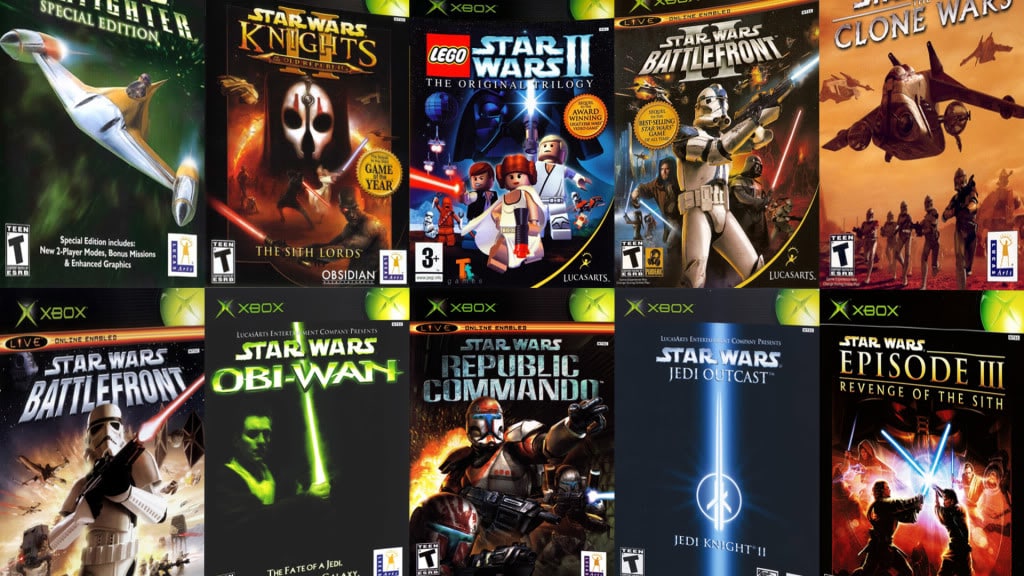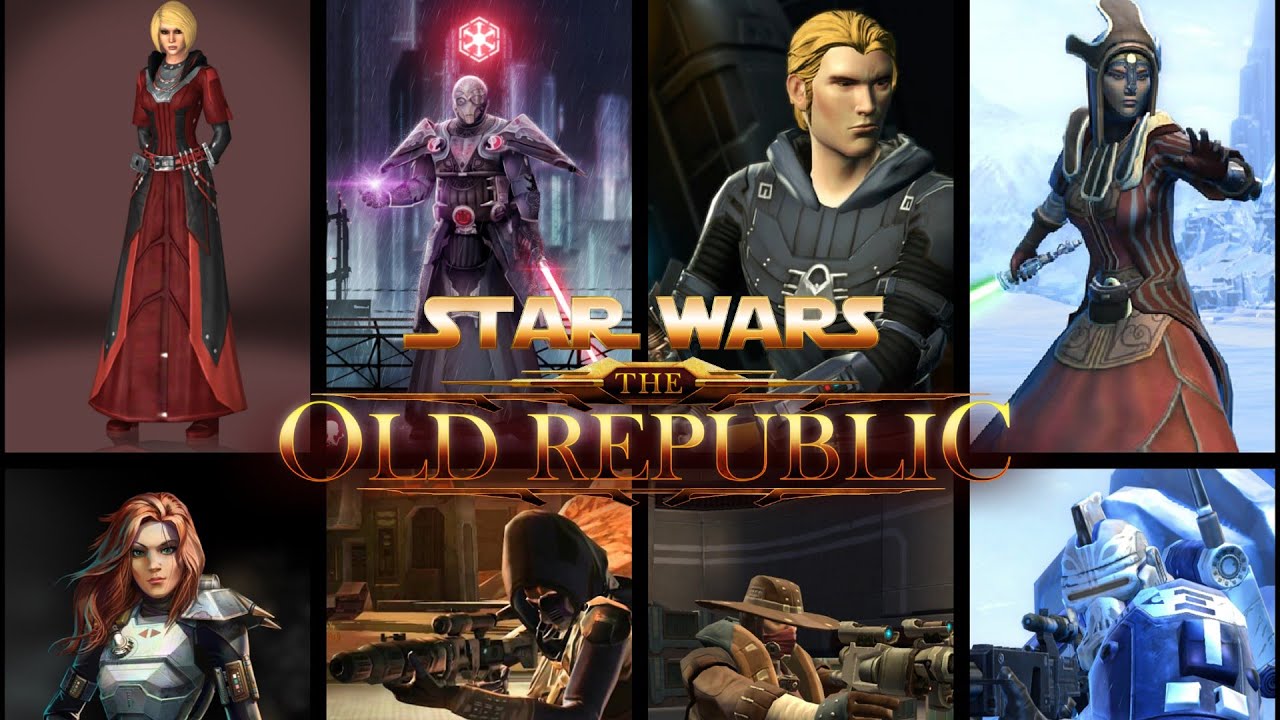People love games. When it comes to playing a video game, no extra motivation is required to keep you focused and engaged. Failure doesn’t stop you from trying. A challenge is just another fascinating way to progress and become better. Commitment is a new way of having fun.
Since the beginning of time, people have been learning through playing games. Games increase engagement, motivation, encourage competition, as much as teamwork and cooperation. There is no person in the world so much eager to give a helping hand than a gamer who explains how to make an “imba” build or complete a difficult quest.
Gamification of processes has been used successfully in an array of industries such as personal healthcare and marketing. However, nowhere else it is as important as in education. There are many ways how you can embed games in your classroom experience. Here are some ideas.
XP Points Rather Than Letter Grades
One of the reasons why video games are so popular is their system of gaining experience points. Gamers receive instant feedback about their progress, which at the same time is rewarding and motivates for setting and meeting new goals.
Introducing XP points in the classroom space is a sure way to speak the language students understand. Compared to letter grades that rather evaluate students’ success as positive or negative, experience points always have only a positive tendency as they show how much students have accomplished by far. Such an approach doesn’t discourage students. Instead, it brings forth healthy competition and rises curiosity, which is the initial goal of education.
Success Badges
Large companies and corporations have been long using the badges award system as a means of rewarding their employees. The thing is that numerous psychological researches have proven that recognizing employee’s accomplishments and contributions is much more satisfying and motivational than even money remuneration.
This idea can be implemented for stimulating students as well. By introducing different types and categories of badges, teachers can turn learning into a fun process based on genuine interest, healthy competition, and a feeling of deep satisfaction for academic accomplishments. The rule is that every badge has a meaning. It can be an award for a completed task, gained skill, or even subject mastery. Teachers can even add cool achievement names like Newton’s Apprentice, Germ Destroyer, or whatever that comes to your mind.
Scavenger Hunt
Who doesn’t like adventures? Going for a scavenger hunt with your class can be both entertaining and educative. You can go an old-school way, or tech-assist your searches with QR codes. This way the game will have a more up-to-date meaning, and turn students’ phones into an educational device rather than a distraction.
To bring it into life, you just need to get a free QR code generator and ask your students to download a QR reader on their smartphones.
The best about this game is that it includes both mild exercises and intellectual work, which is good for the mind as much as for a healthy body.
There are many controversial opinions about video games. Some think it is too unprofessional to integrate computer games into a classroom routine, others are actively using them to boost learning progress.
Mr. Pai, a third-grade teacher is an excellent example of how video gaming can be successfully embedded in the learning process. His students have been using computers and video games to learn math and the English language. After just 4 months, an under-third-level class has been solving problems of a mid-fourth level as easy as shelling peas.
Class-Wide Rewarding System
One of the good ways to teach students to engage in teamwork and cooperation is to give a class-wide assignment that involves a reward upon successful completion. Let’s say a class has to score no less than 90% for their task, and if they do they set off on a long-awaited trip or have a party. Thus, having their personal interest, every student will be contributing for the common good; more academically successful students will be helping those who are behind, while the latter ones will work twice as hard to achieve their goals.
One of the best ideas is to use students’ adventurous spirit for paper writing. Research papers are the most hated assignments among students of all ages, as they consume an eternity of time and are no fun at all. By breaking a one large paper research into tasks, teachers can promote learning-based communication between students and solve the problem of buying assignment online.
Besides, there is so much pride for your students when along with discussing Skyrim, they talk about their paper project. As much as they want to go on the promised trip, they truly enjoy what they find out and learn.








